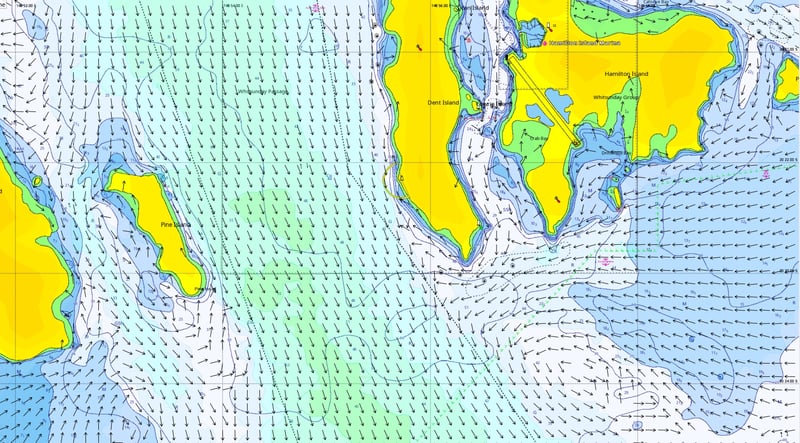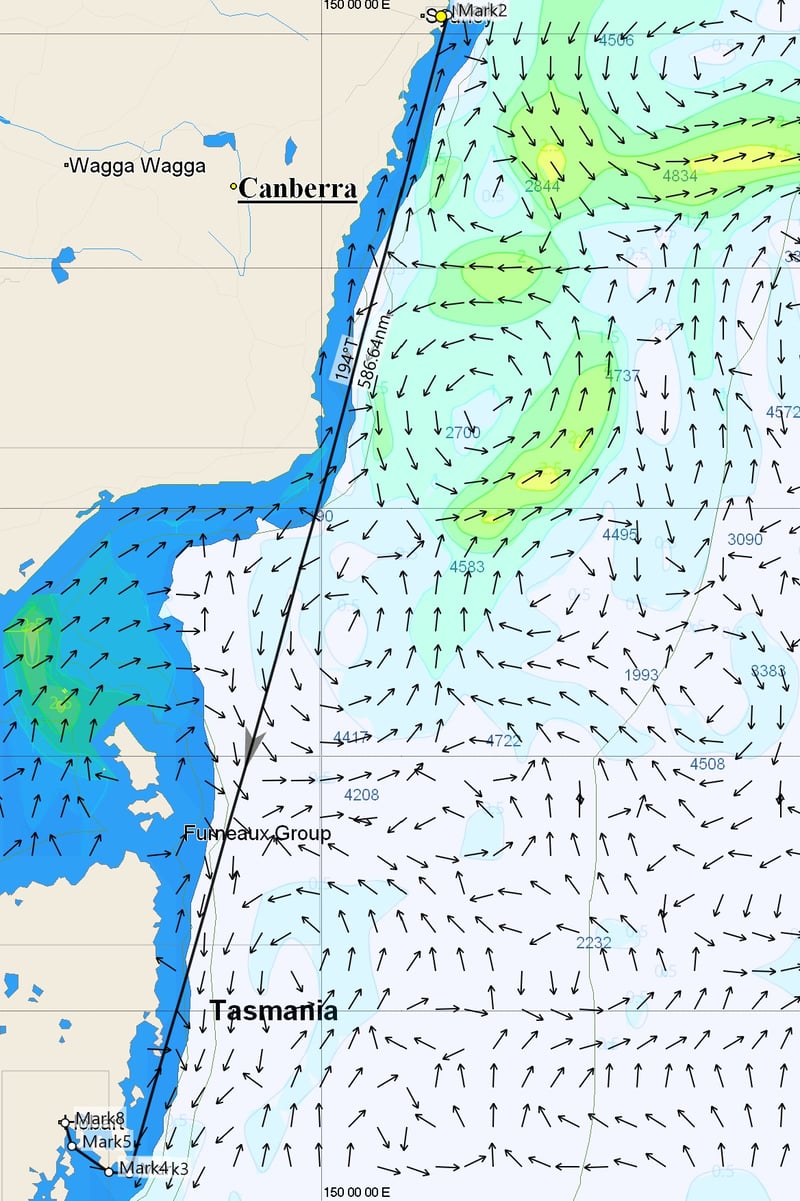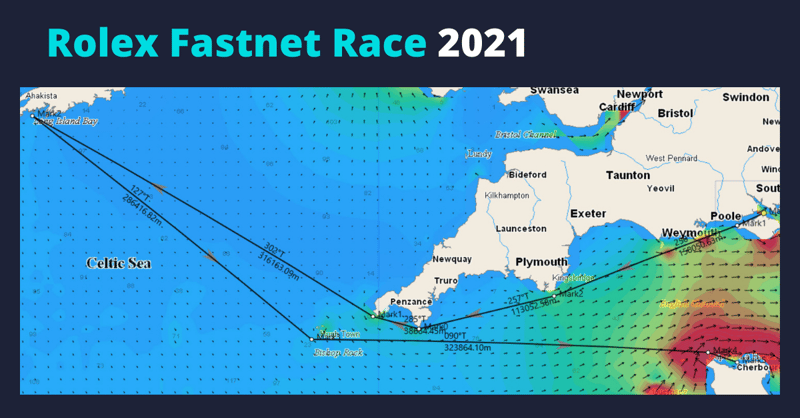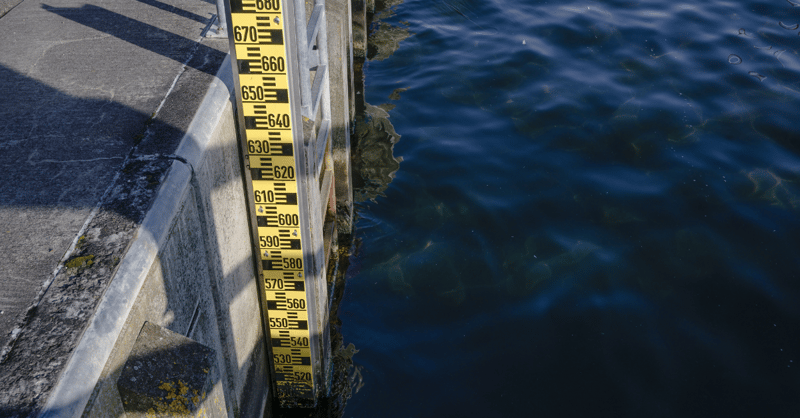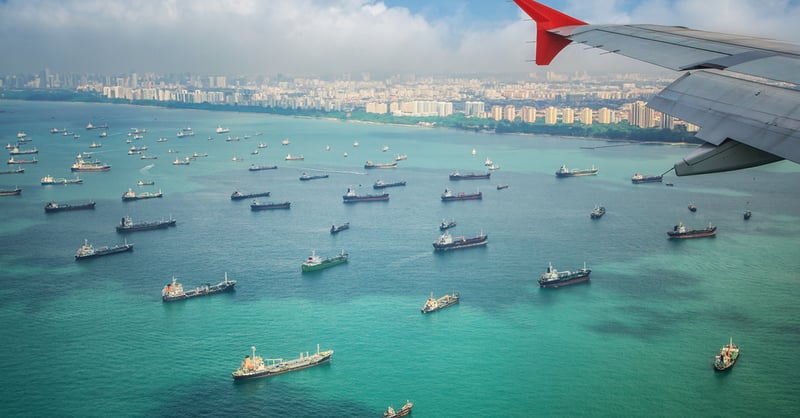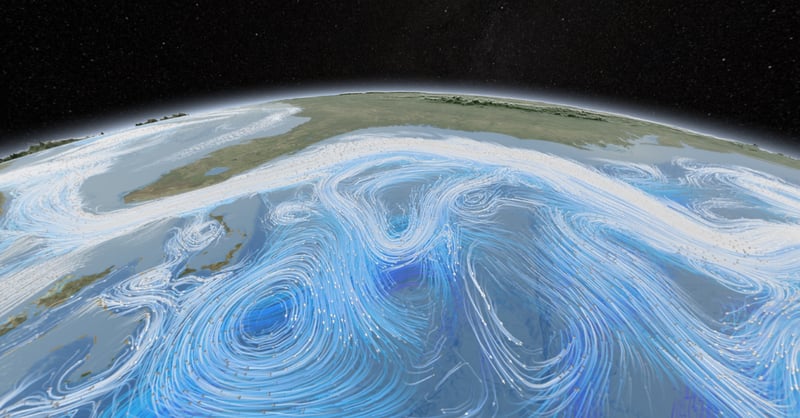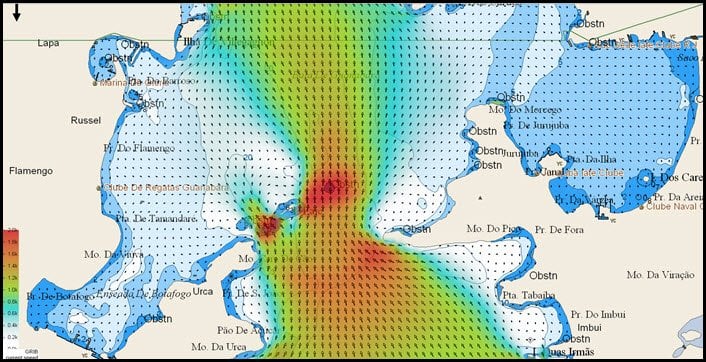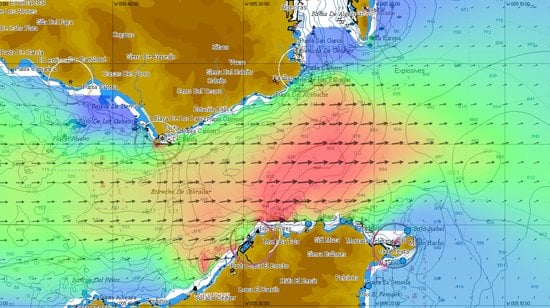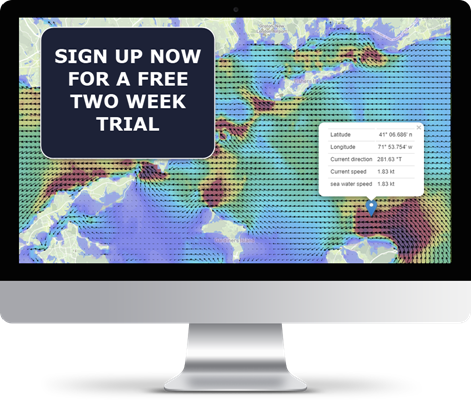Model - Key facts
Whitsunday Islands Tidal Model for Airlie Beach & Hamilton Island Race Weeks.
Topics: sailing, tides, Tidemap, grib, yacht race, yacht racing, Hammo, Hamilton island race week, whitsundays
NEW Whitsundays Tidal Model: ready for Hamilton Island Race Week.
Topics: sailing, tides, Tidemap, grib, yacht race, yacht racing, Hammo, Hamilton island race week, whitsundays
Rolex Sydney Hobart Yacht Race 2021: Where is the EAC?
Topics: Sydney to Hobart, sailing, East Australian Current, tides, optimised route, Tidemap, grib, yacht race, yacht racing
The prestigious Rolex Fastnet Race is just a few weeks away, and competitors who have the most accurate data on hand will be able to make the best possible decisions for the fastest route.
The Fastnet is genuinely a navigators' race, as it challenges competitors to negotiate some very tricky tidal situations - such as whether to head offshore for pressure or tuck inshore to avoid the worst of an adverse tide. This year's race is exciting because it's finishing in France for the first time, and the last section involves negotiating the notorious Alderney Race, with currents of up to 9 kts.
Topics: sailing, tides, English Channel, Tidemap, grib, yacht race, yacht racing, Fastnet
Did you know that 90% of coastal seas have no tidal data available?
Traditionally, there has been little tidal information available to the public other than height predictions for major (standard) and minor (secondary) ports; even fewer tidal current predictions are available to Mariners other than a limited number of tidal diamonds and tidal stream atlases. These data have traditionally been published by official sources, such as Hydrographic Offices.
Although useful for indicating conditions at the start and end of a journey, this data on its own doesn't provide the level of detail that mariners need for their chosen waterborne activity. In this article, we cover the traditional methods for tidal measurement and their shortcomings and modern technological advancements that can revolutionise the maritime industry in terms of tidal information.
Topics: tides, tidal model, high resolution model, tide-surge forecast
The Currents in Singapore Strait are Extremely Complex. Here's Why.
At 16km wide, and stretching 105km long between the Strait of Malacca and the Karimata Strait, the Singapore Strait is a crucial gateway between Asia and Europe. Due to the high number of ships transiting the area, the Singapore Strait can become incredibly congested and requires a tight traffic management system to ensure that vessels are coming into port at the right time, every time.
Topics: currents, tides, speed optimisation, route optimisation, high resolution model, Malacca Singapore Straits, ship efficiency
Coastal or Ocean Currents - Do you know the difference?
Whatever craft you sail, currents can have a significant effect on your transit times across an ocean, particularly where the major ocean currents such as the Kuroshio and Gulf Stream flow. However, the beginning and end of most ocean crossings transit coastal waters, where there can be strong tides. Understanding how and why each type of current forms and where they occur increases the likelihood of a successful passage - whether it be a 'just-in-time' arrival on a ship or a podium finish in a yacht race.
Credit: NASA
Topics: currents, yacht, tides, ship efficiency, ocean
We’re very pleased to announce that we’ve developed a 50m tidal model for Rio – our highest resolution tidal model yet – and it’s being used by several Olympic sailing teams in preparation for the 2016 Games..
Topics: currents, racing, tides, Olympics, high resolution model, Rio
We’ve recently developed a new tidal model for the Straits of Gibraltar. This model will benefit all sorts of users but primarily commercial vessels heading into and out of the Mediterranean.
Topics: tides, Gibraltar Strait, tidal model
New tidal optimisation reveals significant bunker savings
Applied oceanography specialist Tidetech has introduced tidal optimisation as a critical tool for improving efficiency on coastal shipping routes.
Topics: currents, efficiency, tides, English Channel, speed optimisation, route optimisation, ferry, scheduling


